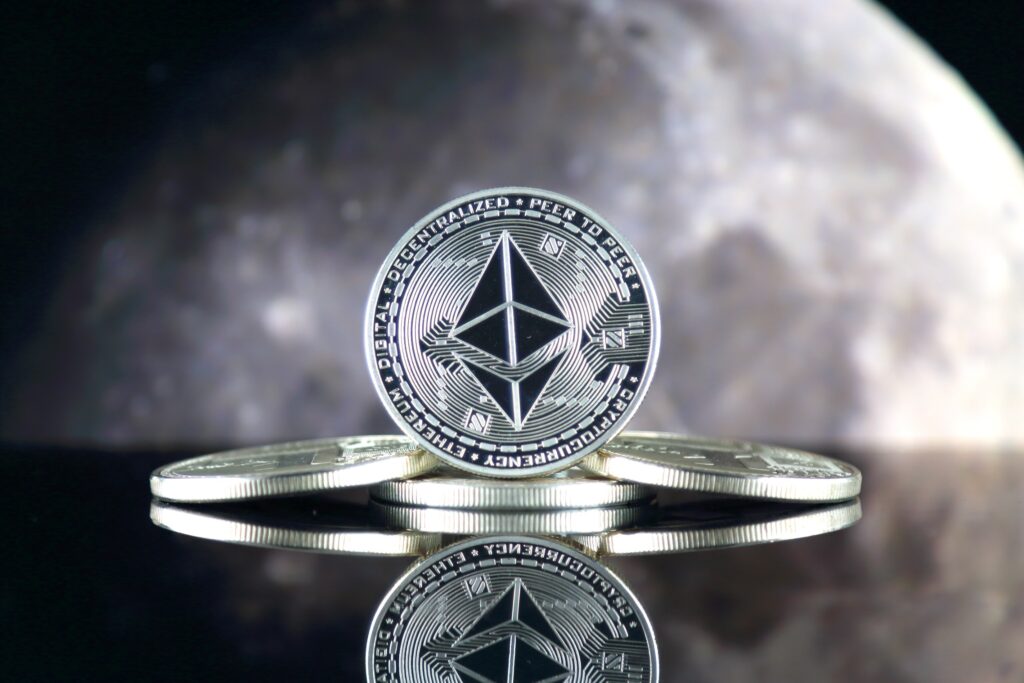[ad_1]
It seems like forever ago, but the long-awaited Merge only occurred on the Ethereum network in September.
The transition of the world’s second-biggest cryptocurrency to a Proof-of-Stake consensus was a seminal moment for the industry at large. Mooted for years, it finally happened, and despite the upgrade occurring during a bone-curdling bear market, it went smoothly.
Are you looking for fast-news, hot-tips and market analysis?
Sign-up for the Invezz newsletter, today.
But hey, things move quickly in cryptocurrency circles. Seven weeks later, the industry’s eyes were trained on a certain billionaire in the Bahamas, as FTX went poof and Sam Bankman-Fried felt the cold metal embrace of handcuffs on his wrists.
But as crypto stumbles wearily on, the next big event on the horizon is the Shanghai upgrade for Ethereum. This will finally allow stakers of ETH to withdraw that staked ETH – something which has not been possible to date.
How much ETH is staked?
The upgrade will include a code known as EIP 4895, allowing staked ETH to be fully withdrawn at ease. There is currently close to 16 million ETH locked up in staking contracts.
Back when it was anticipated that staked Ethereum would be withdrawable after the Merge, I had written to be cautious that the price could actually take a dive in the aftermath of the Merge, as a bucketload of ETH would be withdrawable and tradeable for the first time.
Sure, there are liquid staking options which allow you to trade derivatives of the staked ETH, but many investors have not availed of this option, and the fact is that it will become a lot easier to sell ETH once the Shanghai upgrade goes live.
But there are also reasons to be optimistic here. There is currently over 120 million ETH in circulation. That means that the 16 million ETH comprises only about 13% of the supply.
How much ETH will be staked after the upgrade?
In comparing to other Proof-of-Stake blockchains, this 13% staking ratio is well below the norm.
Does this mean that once the forced lock-up of tokens is lifted that investor swill queue up to their stake their tokens? Part of the argument for this scenario is the price action of various staking protocols.
Remember, in order to become a validator on the Ethereum network, one must own 32 ETH, which with ETH trading at $1,300 is a steep ask ($42,000). Hence the existence of staking pools, allowing investors to stake whatever amounts they like and capture a portion of the rewards pro-rata.
With positive news coming out in the past week that increases the likelihood of the upgrade landing in March, the market is seemingly anticipating this will encourage more staking on the Ethereum network, in line with what is seen on other Layer 1’s.
The price of Lido Finance’s governance token has doubled since the start of the year, despite Ethereum rising only 12%. Another staking token, Rocket Pool’s native token RPL, has jumped 28%.
It’s a macro world
This is an important development for the long-term health of the Ethereum ecosystem. The mantra “bear markets are for building” is an overused term in crypto circles, and can often be used to mask what is a failing product in an unsuitable market, but in this case, the saying fits.
My feelings on ETH overall are mixed, and I like to value it as a tech stock, something I covered in a deep dive here. I think for as long as we persist with this high-interest rate environment, Ethereum and crypto won’t be allowed to rise.
Having said that, the macro environment will flip eventually (indeed, there have been promising signs over the last month, with renewed optimism for crypto markets heading into Thursday’s CPI reading), and once that pivot happens, assets which will have persisted through the bloodbath and worked to clean up their act will prevail.
I am not predicting that this will necessarily happen Ethereum, but upgrades such as these are vital for it to at least be in a position to do so.
A quick glance at the TVL on Ethereum will tell you all you need to know about how the bloodbath of 2022 stripped the network of so much of its capital.
But with the Merge finally going live in September, the Shanghai upgrade planned for March and continued efforts to reduce the chronic gas fee problem and other issues on the network, there is at least a tangible plan.
Like I said, I think Ethereum can be valued as a tech stock, and with that in mind, any rise won’t happen until inflation is slayed, the Federal Reserve pivots and the sector at large breaks free from the shackles of high rates.
The Shanghai upgrade should at least help it to work back towards recouping some of the TVL it boasted during the pandemic and looking upwards again on the chart. But it’s a long road ahead.
[ad_2]
Image and article originally from invezz.com. Read the original article here.

